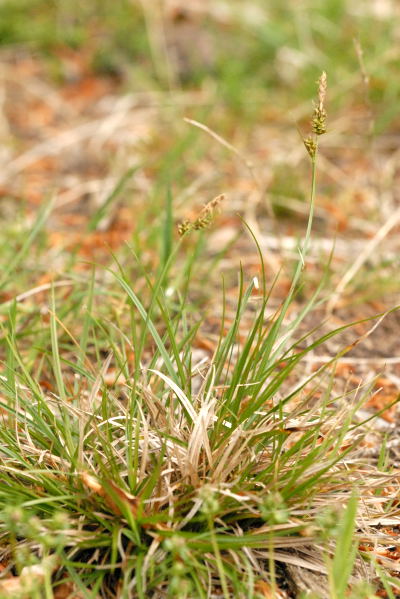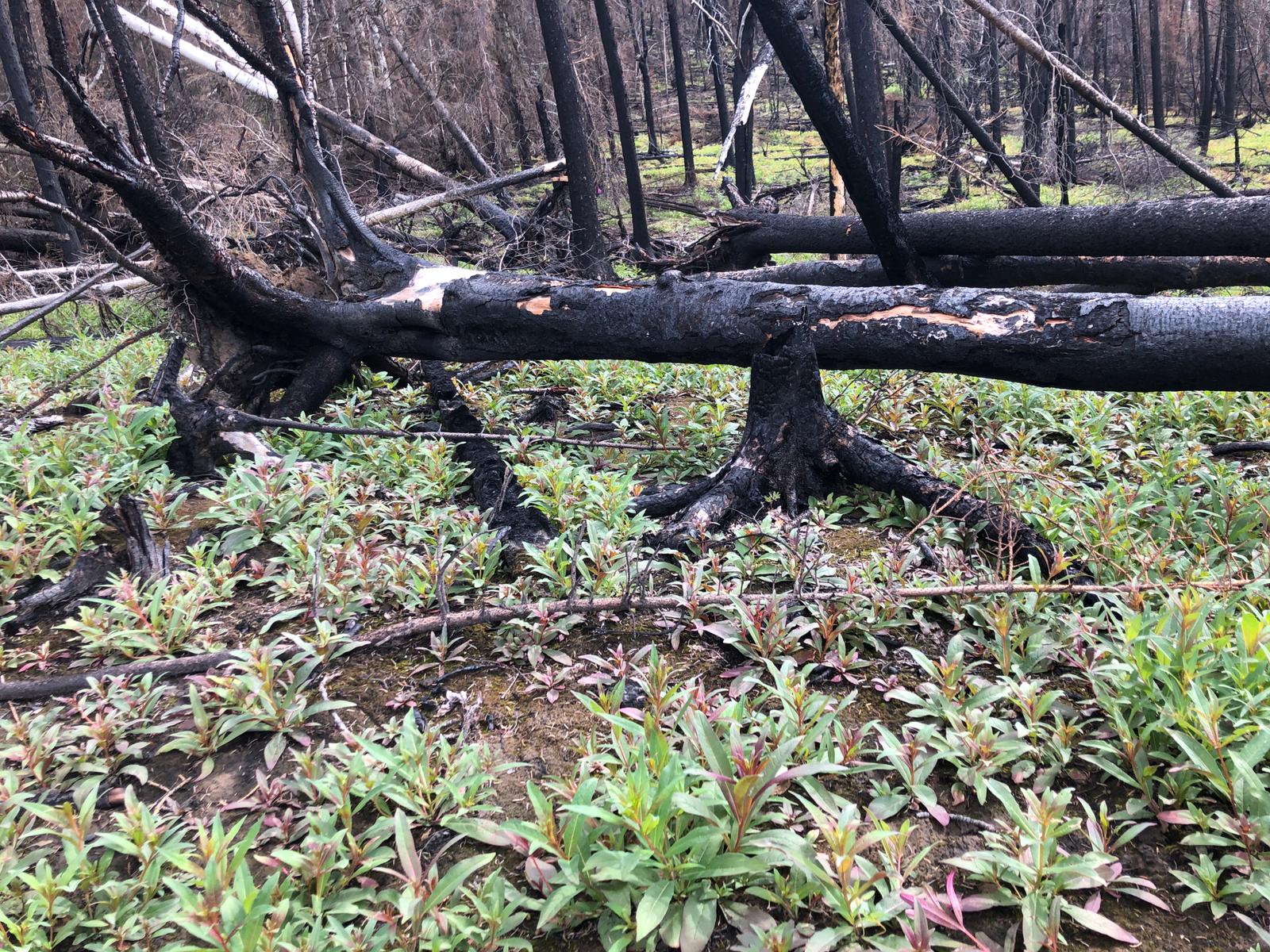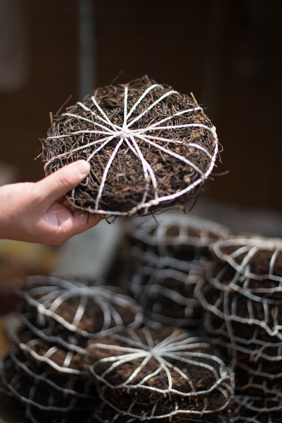|
Windsor Hill SSSI
Windsor Hill is a biological Site of Special Scientific Interest near Princes Risborough in Buckinghamshire. It lies within the Chilterns Area of Outstanding Natural Beauty, and it is featured in the Nature Conservation Review. A small part is managed by the Berkshire, Buckinghamshire and Oxfordshire Wildlife Trust, and access to this area requires a permit. Site Description The wood consists of an extensive tract of the Chiltern escarpment. It contains beech woodlands, scrubland, scrub and chalk grassland. It is one of three extant British locations for the red helleborine orchid.Species distribution map for Cephalanthera rubra NBN Gateway, retrieved 25 February 2010Ratcliffe, D. A. (1977) ''A Nature Conservation Review Volume 2. Site Accounts'' p. 53 The beech woodl ... [...More Info...] [...Related Items...] OR: [Wikipedia] [Google] [Baidu] |
Buckinghamshire
Buckinghamshire (, abbreviated ''Bucks'') is a Ceremonial counties of England, ceremonial county in South East England and one of the home counties. It is bordered by Northamptonshire to the north, Bedfordshire to the north-east, Hertfordshire to the east, Greater London to the south-east, Berkshire to the south, and Oxfordshire to the west. The largest settlement is the city of Milton Keynes, and the county town is Aylesbury. The county has an area of and had a population of 840,138 at the 2021 census. ''plus'' Besides Milton Keynes, which is in the north-east, the largest settlements are in the southern half of the county and include Aylesbury, High Wycombe, and Chesham. For Local government in England, local government purposes Buckinghamshire comprises two Unitary authorities of England, unitary authorities, Buckinghamshire Council and Milton Keynes City Council. The Historic counties of England, historic county had slightly different borders, and included the towns of S ... [...More Info...] [...Related Items...] OR: [Wikipedia] [Google] [Baidu] |
Honeysuckle
Honeysuckles are arching shrubs or Vine#Twining vines, twining vines in the genus ''Lonicera'' () of the family Caprifoliaceae. The genus includes 158 species native to northern latitudes in North America, Eurasia, and North Africa. Widely known species include ''Lonicera periclymenum'' (common honeysuckle or woodbine), ''Lonicera japonica'' (Japanese honeysuckle, white honeysuckle, or Chinese honeysuckle) and ''Lonicera sempervirens'' (coral honeysuckle, trumpet honeysuckle, or woodbine honeysuckle). ''L. japonica'' is a highly invasive species considered a significant pest in parts of North America, Europe, South America, New Zealand, Australia, and Africa. Some species are highly fragrant and colorful, so are cultivated as ornamental garden plants. In North America, hummingbirds are attracted to the flowers, especially ''L. sempervirens'' and ''L. ciliosa'' (orange honeysuckle). Honeysuckle derives its name from the edible sweet nectar obtainable from its tubular flowers. Th ... [...More Info...] [...Related Items...] OR: [Wikipedia] [Google] [Baidu] |
Slender St
Slender may refer to: Term * Gracility or slenderness Literature * Abraham Slender, a character in William Shakespeare's '' The Merry Wives of Winsor'' Slender Man *Slender Man, a fictional supernatural character *Slender Man stabbing, an attempted murder inspired by the story of the "Slender Man" Video games * '' Slender: The Eight Pages'', previously known as ''Slender'', a 2012 video game based on "Slender Man" * '' Slender: The Arrival'', the sequel to ''Slender: The Eight Pages'' * ''Slender Rising'', a game based on the "Slender Man" * ''Slender Rising 2'', sequel to ''Slender Rising'' Films * ''Slender Man'' (film), a 2018 film based on the "Slender Man" * ''Beware the Slenderman'', a 2016 documentary based on the "Slender Man stabbing" See also * Slender group * Gracilis (other) Gracilis, a Latin adjective meaning wikt:slender, slender, wikt:graceful, graceful or wikt:Special:Search/gracile, gracile, may refer to : Anatomy * Fasciculus gracilis or Gracil ... [...More Info...] [...Related Items...] OR: [Wikipedia] [Google] [Baidu] |
Hairy Wood-rush
''Luzula pilosa'' is a species of flowering plant in the rush family Juncaceae with the common name hairy wood-rush. The plant is native to northern Europe and western Asia. Description ''Luzula pilosa'' is a short, tufted, grass-like perennial herb. The leaves are blunt, about 4mm wide, the leaf margins fringed with long fine hairs. In North America the common name "hairy wood rush" is given to a similar but different species, '' Luzula acuminata''. Distribution It prefers moist but well-drained, somewhat acidic soils, but is not confined to them. It avoids competition, and in lowland locations occurs among leaf litter or moss. It is native to Europe and western Asia. The geographical distribution of the native range includes the British Isles, northern Europe, largely avoiding the Mediterranean, and north-western Asia. It also occurs in the Caucasus. References External links USDA Plants profile of ''Luzula acuminata'' ssp. ''acuminata'' (hairy woodrush) [...More Info...] [...Related Items...] OR: [Wikipedia] [Google] [Baidu] |
Pill Sedge
''Carex pilulifera'', the pill sedge, is a European species of sedge found in acid heaths, woods and grassland from Macaronesia to Scandinavia. It grows up to tall, with 2–4 female spikes and 1 male spike in an inflorescence. These stalks bend as the seeds ripen, and the seeds are collected and dispersed by ants of the species ''Myrmica ruginodis''. Description The culms of ''Carex pilulifera'' grow to a length of , and are often noticeably curved. The leaves are long and wide, and are fairly flat. The rhizomes of ''C. pilulifera'' are very short, giving the plant a caespitose (densely tufted) appearance. The tussock grows outwards through the production of annual side-shoots. The inflorescence comprises a single, terminal, male (staminate) spike, and 2–4 lateral female (pistillate) spikes. The spikes are clustered together, and the whole inflorescence is long. The female spikes are long, ovoid or approaching spherical, and contains 5–15 flowers. The female spikes ... [...More Info...] [...Related Items...] OR: [Wikipedia] [Google] [Baidu] |
Wood Melick
''Melica uniflora'', commonly known as wood melick, is a species of grass in the family Poaceae that is native to much of Europe, and to parts of South West Asia and North Africa. Description The species rhizomes are elongated. The culms are long with leaf-blades being of in length and wide. The leaf-blade bottom is pubescent, rough and scaberulous. It has an open panicle which is both effuse and elliptic and is long and wide. The main branches have 1–6 fertile spikelets which are located on lower branches which are also scaberulous. Spikelets do ascend and have pedicelled fertile spikelets. Pedicels are long and are straight. The fertile floret lemma is both chartaceous and elliptic and is long. Lower glumes are oblong and are in length. Flowers have 3 anthers which are long with the fruits being long. The fruits are also ellipsoid and have an additional pericarp with linear hilum. Taxonomy Swedish naturalist Anders Jahan Retzius described the wood melick in 1779. ... [...More Info...] [...Related Items...] OR: [Wikipedia] [Google] [Baidu] |
Wood Millet
''Milium effusum'', the American milletgrass or wood millet, is a species of flowering plant in the grass family Poaceae, native to damp forests of the Holarctic Kingdom. The Latin specific epithet ''effusum'' means "spreading loosely". Habitat ''Milium effusum'' inhabits damp, deciduous woods and shaded banks, where it grows on winter-wet, calcareous to mildly acidic clay and loam soils, and also over rocks in western Scotland. Distribution It can be found in the northern United States and Canada, and Europe, including Britain but excluding the Mediterranean, east to Siberia and the Himalayas. Cultivation The yellow-leaved cultivar 'Aureum', known as Bowles' golden grass, is cultivated as an ornamental garden plant, and in the UK has won the Royal Horticultural Society's Award of Garden Merit The Award of Garden Merit (AGM) is a long-established award for plants by the British Royal Horticultural Society (RHS). It is based on assessment of the plants' performance under UK ... [...More Info...] [...Related Items...] OR: [Wikipedia] [Google] [Baidu] |
Tufted Hair-grass
Tufting is a type of textile manufacturing in which a thread is inserted on a primary base. It is an ancient technique for making warm garments, especially mittens. After the knitting is done, short U-shaped loops of extra yarn are introduced through the fabric from the outside so that their ends point inwards (e.g., towards the hand inside the mitten). Usually, the tuft yarns form a regular array of "dots" on the outside, sometimes in a contrasting color (e.g., white on red). On the inside, the tuft yarns may be tied for security, although they need not be. The ends of the tuft yarns are then frayed, so that they will subsequently felt, creating a dense, insulating layer within the knitted garment. Tufting was first developed by carpet manufacturers in Dalton, Georgia. A tufted piece is completed in three steps: tufting, gluing, then backing and finishing. When tufting, the work is completed from the backside of the finished piece. A loop-pile machine sends yarn through the ... [...More Info...] [...Related Items...] OR: [Wikipedia] [Google] [Baidu] |
Hairy Brome
''Bromus ramosus'', the hairy brome, is a bunchgrass in the grass family Poaceae, native to Europe, northwest Africa and southwest Asia. The name ''Bromus'' comes from the term brome, meaning oats. Unlike most other bromes (''Bromus'' sp.), it grows in shady sites under trees. Description ''Bromus ramosus'' is a perennial herbaceous bunchgrass, typically reaching tall. The leaves are long, usually drooping, long and wide, and finely hairy.Umberto Quattrocchi (2006) ''CRC World Dictionary of Grasses: Common Names, Scientific Names, Eponyms, Synonyms, and Etymology'' Volume I The flower Flowers, also known as blooms and blossoms, are the reproductive structures of flowering plants ( angiosperms). Typically, they are structured in four circular levels, called whorls, around the end of a stalk. These whorls include: calyx, m ... spike is gracefully arched with pendulous spikelets on long slender stems in pairs on the main stem. Subspecies *''Bromus ramosus'' subsp. ''be ... [...More Info...] [...Related Items...] OR: [Wikipedia] [Google] [Baidu] |
Creeping Soft-grass
''Holcus mollis'', known as creeping soft grass or creeping velvet grass, is a species of flowering plant in the grass family Poaceae. It is native to Europe and north Africa. Description ''Holcus mollis'' is a rhizomatous perennial grass found in woods and hedgerows, growing to tall. It has rhizomes that occur around deep in soil or sometimes deeper. Rhizome growth occurs in the period May to November but is fastest from mid-June to mid-July. The rhizomes have many dormant buds that do not develop unless the rhizomes are disturbed and then fresh aerial shoots may arise from the broken fragments. It flowers from June to July. The main distinguishing characteristics from '' H. lanatus'' are the presence of rhizomes, and the bearded nodes or 'hairy knees' on the culm. Habitat ''Holcus mollis'' is favoured by conditions in woodland clearings and at the early stages of coppicing. Growth and flowering are restricted as the tree canopy develops. It is often a relict of former ... [...More Info...] [...Related Items...] OR: [Wikipedia] [Google] [Baidu] |
Rosebay Willowherb
''Chamaenerion angustifolium'' is a perennial herbaceous flowering plant in the willowherb family, Onagraceae. It is known in North America as fireweed and in Britain and Ireland as rosebay willowherb. It is also known by the Synonym (taxonomy), synonyms ''Chamerion angustifolium'' and ''Epilobium angustifolium''. It is native throughout the temperate Northern Hemisphere, including large parts of the boreal forests. Description The reddish stems of this herbaceous perennial are usually simple, erect, smooth, high with scattered alternate leaves. The leaves are spirally arranged, entire, narrowly lanceolate, and pinnately veined, the secondary leaf veins anastomosing, joining together to form a continuous marginal vein just inside the leaf margins. The inflorescence is a symmetrical terminal raceme that blooms progressively from bottom to top, producing a gracefully tapered shape. The flowers are in diameter, slightly Floral symmetry#Zygomorphic, asymmetrical, with four magent ... [...More Info...] [...Related Items...] OR: [Wikipedia] [Google] [Baidu] |
Bracken
Bracken (''Pteridium'') is a genus of large, coarse ferns in the family (biology), family Dennstaedtiaceae. Ferns (Pteridophyta) are vascular plants that undergo alternation of generations, having both large plants that produce spores and small plants that produce gamete, sex cells (eggs and sperm) in its life cycle. Brackens are noted for their large, highly divided leaves. They are found on all continents except Antarctica and in all environments except deserts, though their typical habitat is moorland. The genus probably has the widest distribution of any fern in the world. The word ''bracken'' is of Old Norse origin, related to Swedish ''bräken'' and Danish ''bregne'', both meaning fern. In the past, the genus was commonly treated as having only one species, ''Pteridium aquilinum'', but the recent trend is to subdivide it into about ten species. Like other ferns, brackens do not have seeds or fruit, but reproduce by spores. The immature fronds, known as ''fiddleheads'', ar ... [...More Info...] [...Related Items...] OR: [Wikipedia] [Google] [Baidu] |





